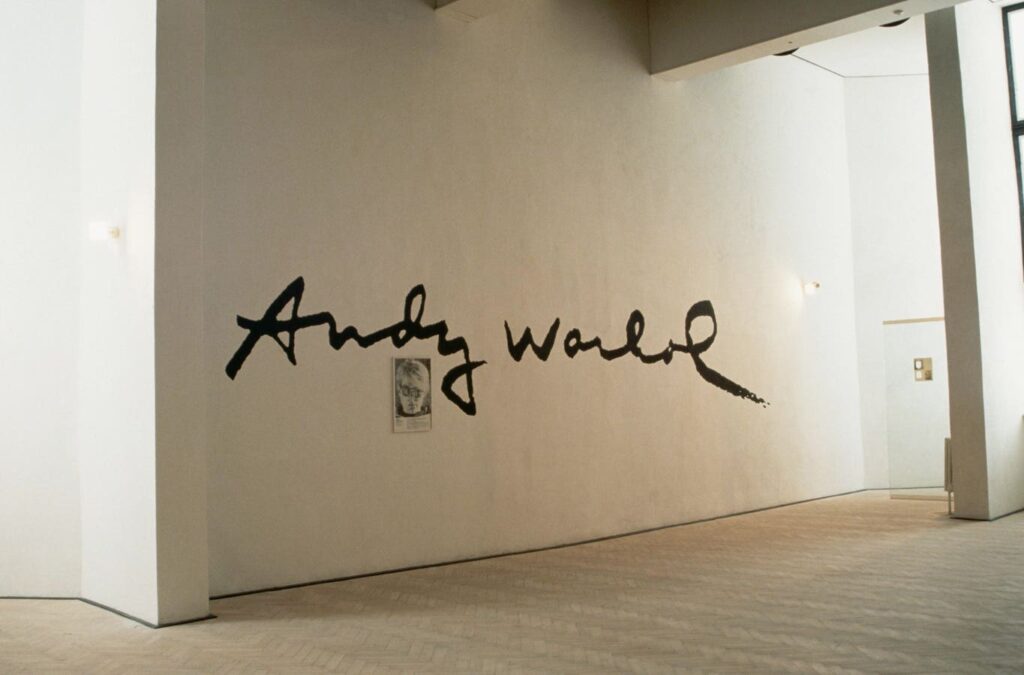Earlier this year, a shocking incident unfolded during the renovation of the town hall in Maashorst, Netherlands, resulting in the accidental disposal of 46 artworks, including a $25,000–$30,000 Andy Warhol silkscreen. These artworks, stored carelessly amid municipal mergers and construction, were likely discarded as “waste,” according to an internal investigation. Among the lost pieces was Warhol’s portrait of Queen Beatrix, an irreplaceable cultural treasure.
This incident is a stark warning for collectors and their advisors: without proper inventory, documentation, and handling procedures, even significant artworks can disappear without a trace. In the realm of art succession planning, the loss in Maashorst underscores the risks that collectors and their professional advisors cannot afford to overlook.
The Core Lesson: Inventory Is the Foundation of Legacy
Succession planning for fine art and collectibles must start with a meticulous, continuously updated inventory. Unlike stocks or bonds, artwork is unique and irreplaceable. An incomplete or outdated inventory jeopardizes not only financial value but also cultural and legacy significance.
A robust art inventory should include:
- Title and description of each item
- Artist details and creation date
- Full provenance and ownership history
- Current condition reports
- Legal documentation (such as export/import permits, copyrights, or restrictions)
- Latest appraisals and market valuations
Without such documentation, artworks can be mislaid, undervalued for tax purposes, improperly insured, or—even worse—destroyed.
In the Warhol case, municipal officials lacked standardized inventory or handling policies. Despite an initial list of artworks compiled during a town merger, the absence of formal protocols led to valuable pieces being mistaken for garbage.
Global Standards and Regional Risks
Today’s art collections often span multiple jurisdictions, requiring international collectors to navigate varying documentation standards:
- EU regulations mandate provenance tracing to the 1970 UNESCO Convention.
- North American markets emphasize condition reporting and conservation history.
- Asia-Pacific regions often prioritize ownership lineage and distinguished provenance.
Aligning inventories with the most stringent applicable standards ensures collections remain transferable, insurable, and legally protected across borders.
Organizing for Succession: Beyond the List
Proper inventorying is only the initial step. Properly using a collections management application is also necessary George Fortin of Title Collections notes that “We only protect what we know has value. When an object’s location or worth is unclear, it’s at risk. Loss often starts with poor classification. Using a collection management platform protects both cultural and financial legacy.” To ensure a smooth transition to heirs, museums, or charitable foundations, collectors should organize their collections strategically:
- By financial value (to prioritize high-value assets)
- By sentimental or legacy importance
- By type, theme, or liquidity
- By jurisdictional or tax considerations
Clear categorization helps advisors allocate assets efficiently, maximizes tax advantages, and honors the collector’s legacy intentions.
Legal and Fiduciary Duties
In many jurisdictions, executors and trustees have a fiduciary duty to inventory and protect estate assets. Failure to document and manage an art collection properly can expose fiduciaries to personal liability. Insurance companies also require updated inventories to validate coverage.
Additionally, international conventions like the UNESCO 1970 Convention impose requirements on provenance and legal ownership, with non-compliance risking seizure, export bans, or reputational damage.
Prevention Is Paramount
A comprehensive art succession plan should integrate:
- Secure storage and environmental controls
- Professional handling and shipping protocols
- Clear policies for movement and loan of artworks
- Regular audits and appraisals
- Backup and redundancy for inventory records (both physical and digital)
As the Maashorst case painfully demonstrates, even a single misstep can lead to irreplaceable loss. No insurance payout can replace a lost Warhol—or the legacy it embodied.
Final Thoughts
The accidental loss of a $25,000 Warhol print during a routine municipal renovation is not merely a bureaucratic mishap; it is a cautionary tale for collectors everywhere. Proper inventory and succession planning are essential to preserving the financial, cultural, and personal significance of an art collection.
Collectors should regularly review and update their inventory systems, working closely with qualified advisors who understand the complexities of art, estate, and tax planning. By doing so, they can safeguard not just their investments, but their legacies.
If a town hall can lose a Warhol, imagine what could happen without a plan for your collection, especially during the settlement of your estate.
Read the full article here

